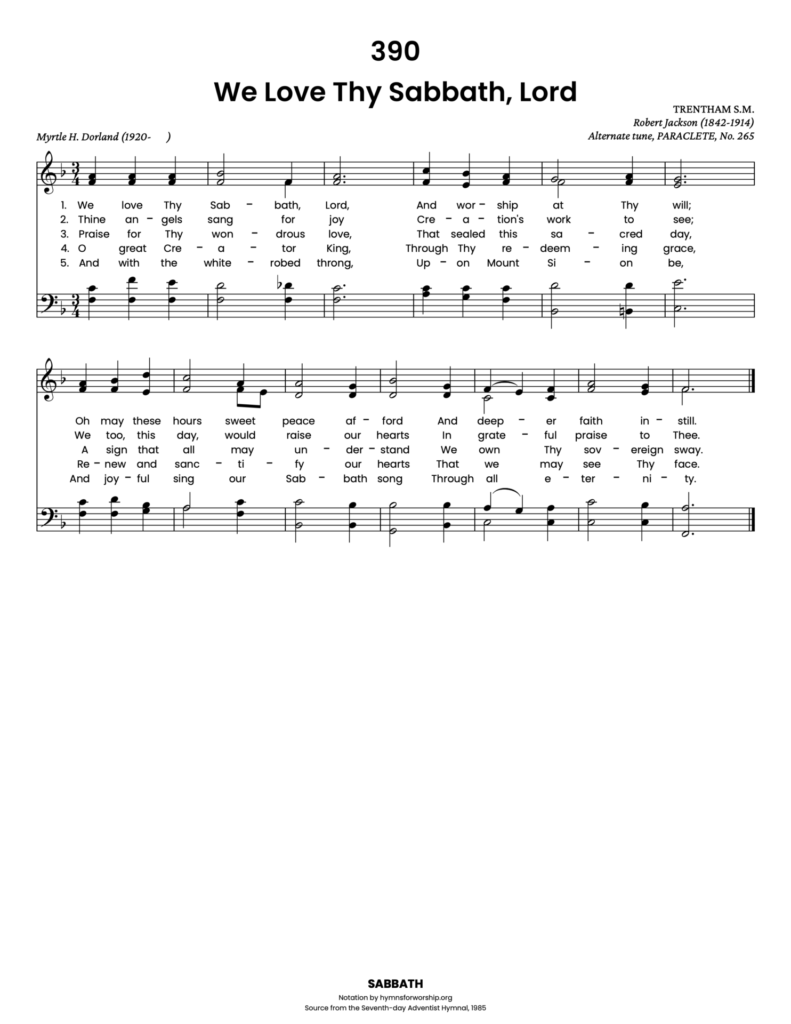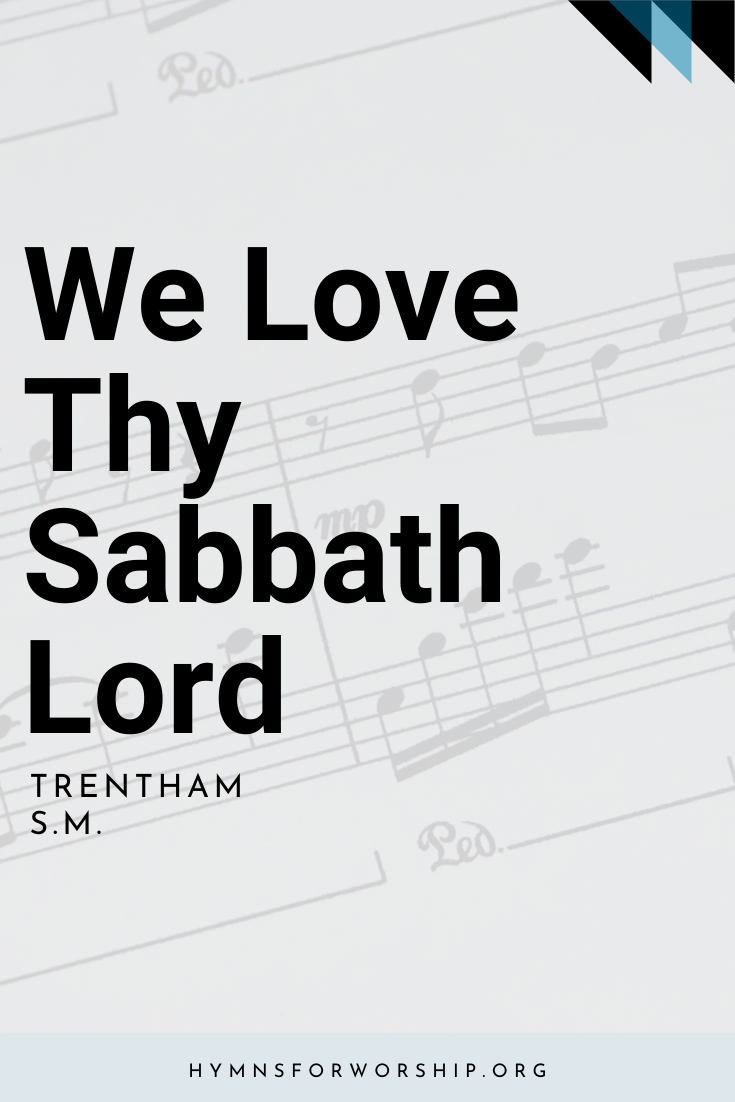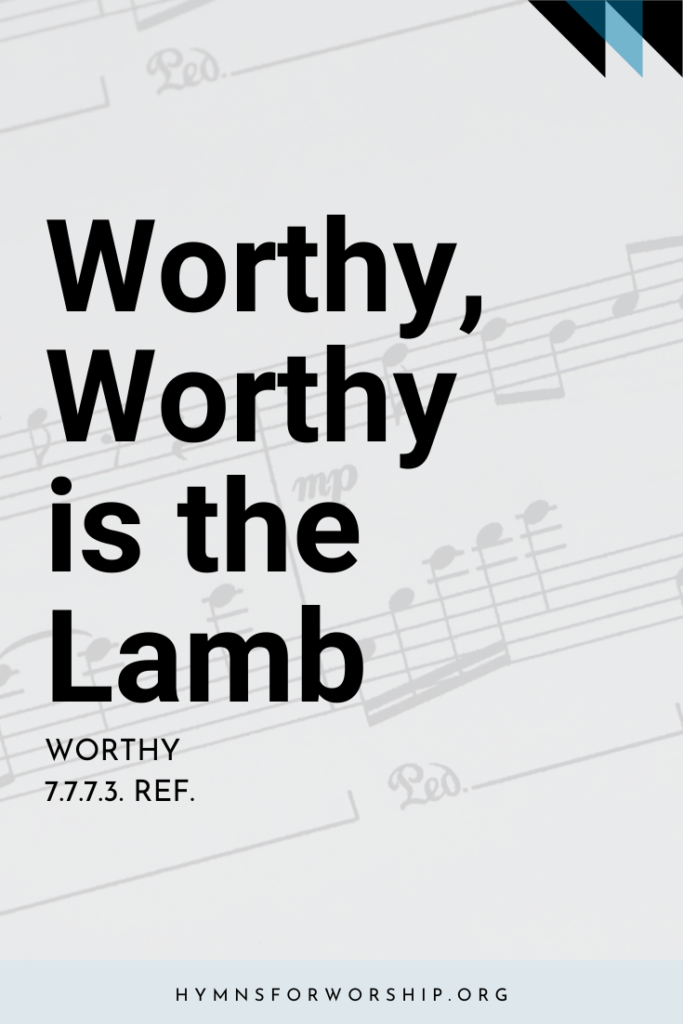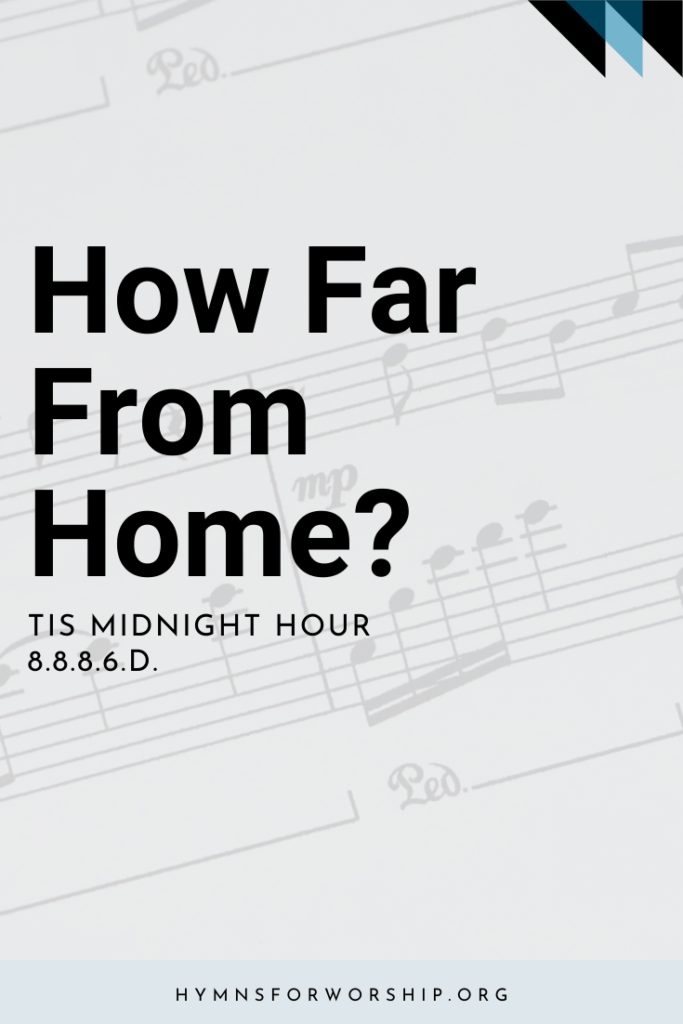In the middle and late 1940s the British Union Conference of Seventh-day Adventists had a committee working on a replacement for the Advent Hymnal (Revised), which had been in use in that and other fields since 1928. The secretary of the committee, Joseph Harker (see SDAH 265), asked Myrtle Hope Dorland, who was then the teacher of English and literature at the Stanborough secondary School, to write two hymns for the new hymnal, one on the Second Advent and another on the Sabbath. The New Advent Hymnal was ultimately published in 1952, being delayed because of the bomb damage during World War II to music printing houses. Both of Dorland’s hymn were included in the hymnal. This one was written in February 1945 to the meter of the tunes DENNIS (SDAH 350). It was revised in stages, and the present draft was completed in May 1945.
The author felt the Sabbath hymn for Seventh-day Adventist would be different from a Sunday hymn for those observing that day as the Lord’s Day. Also she considered the widely different education and intelligence of the singers, as well as the diversity of musical and literary appreciation. The final result was a hymn that would suit all tastes, drawing heavily on Scripture. This last feature came readily, for in her childhood Myrtle had committed hundreds of Bible verses to memory and was encouraged to look up all the verses heard during the preaching of the sabbath sermon. In a triennial Bible contest arranged by Israel she was among the eight finalists.
Dorland was called to Newbold College to lead the Department of English and Education, which she did from 1947 to 1953. She married Jens Arne Hansen, a SDA minister from Denmark. Apart from their service in that country, they were missionaries in the Faeroe Islands from 1954 to 1957 and in Greenland from 1963 to 1970.
TRENTHAM was composed by Robert Jackson, born in 1842 at Oldham, England. He studied at the Royal Academy of Music in London and was organist for a time at St. Mark’s Church, Grosvenor Square. Then he returned to Oldham to become organist at St. Peter’s Church, succeeding his father, who had occupied that position for 48 years. The son remained in that same position for 46 years and was also director of the Oldham Music Society. Jackson composed several other hymn tunes, for example NIAGARA, which appears in some modern hymnals. He died July 12, 1914, at Royton, near Oldham.
This tune is named TRENTHAM after a town in Staffordshire. It was written in 1888 especially for Henry w. Baker’s “O Perfect Life of Love.”









